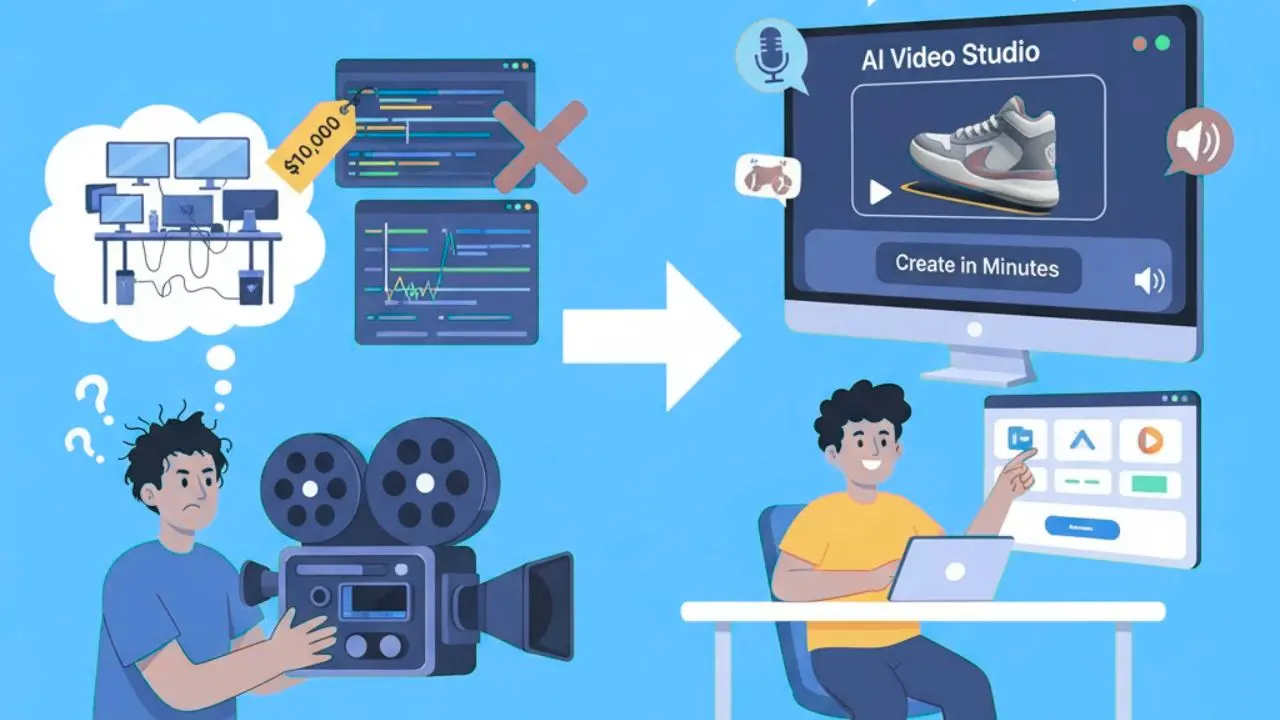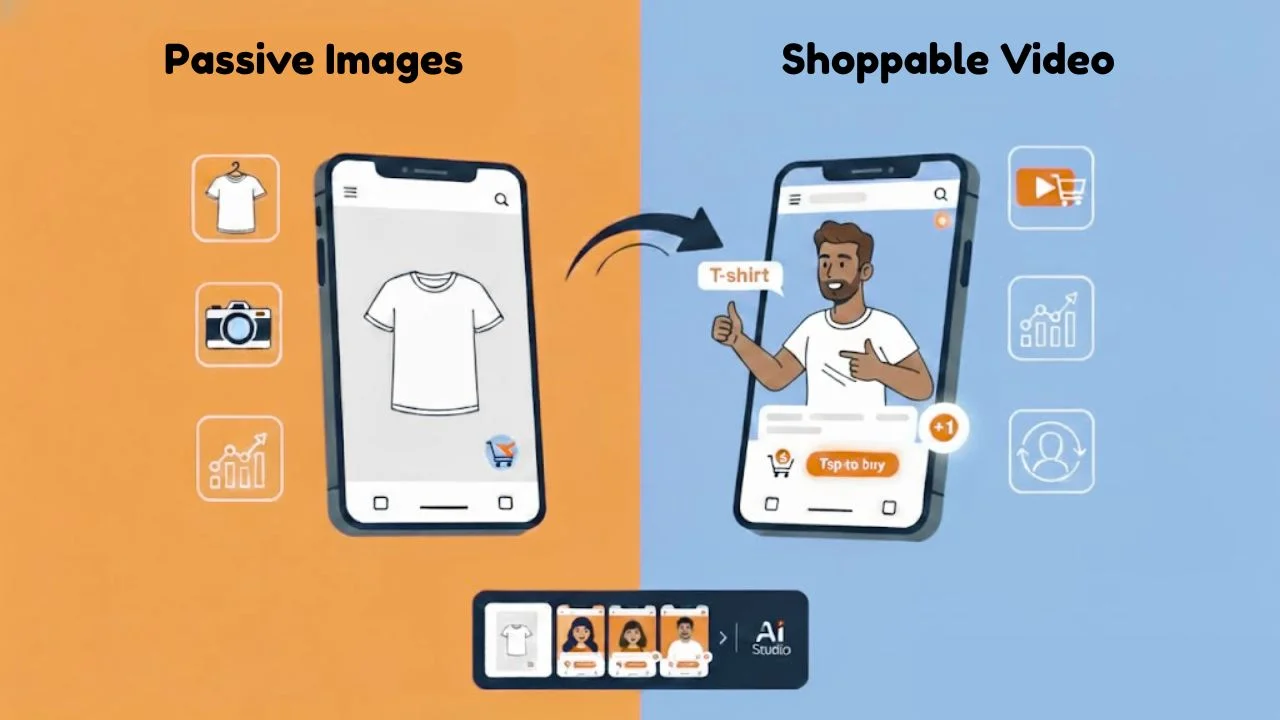You’ve done everything right. You paid for a professional photoshoot. You optimized the file sizes for page speed. Your product pages have high-resolution, multi-angle shots. So why are your product images aren’t converting?
It’s one of the most frustrating problems for an e-commerce store. You see high traffic, but your “Add to Cart” rates are flat.
Here’s the hard truth: The problem isn’t the quality of your images. The problem is that they’re static.
In 2025, customers don’t just want to see a product; they want to experience it. Static images are passive. They put all the mental work on the customer to imagine what your product is like.
Top-ranking articles will tell you to just “take better photos” or “add 360° views.” This is old advice. It’s like trying to get a faster horse when what you really need is a car.
This post will explain why your images are failing and show you the powerful, high-converting alternative that top brands are using right now.
The 3 Reasons Static Product Images Fail
Before you can fix the problem, you have to diagnose it. Here’s why your beautiful, professional photos are letting you down.
1. They Lack Context and Story
A photo of a t-shirt on a white background tells a customer almost nothing.
How does the fabric move?
How does it fit on a real person, not a professional model?
How does that kitchen gadget actually chop an onion?
A static image is silent. It can’t tell a story or demonstrate value. Your customer is forced to guess, and a guessing customer doesn’t click “buy.”
2. They Create a “Trust Gap”
Today’s online shopper is skeptical. They know photos are filtered, staged, and edited to perfection. This creates a “trust gap”—the fear that the product that arrives at their door won’t match the perfect photo on your site.
This trust gap is a conversion killer. It’s a primary reason for both cart abandonment and product returns.
3. They Are Passive and Create Friction
This is the single biggest problem. Your product image just sits there. It’s a dead end.
Think about the journey you force on your customer:
See a cool image.
Scroll down to read the description.
Scroll back up to look at the image again.
Try to find the “Add to Cart” button.
Each step is a point of friction where you can lose them. Your product page is an obstacle course, not a sales funnel.
The Solution: From Passive Images to Active Video

The alternative is simple: video.
Video solves all three problems instantly.
Video Provides Context: It shows your product in use, in 3D space, on a real person.
Video Builds Trust: A quick demo or a user-generated (UGC) video feels authentic and real.
Video Engages: It tells a story in 30 seconds, capturing attention in a way a static image never can.
The data doesn’t lie: e-commerce stores that use product videos see significantly higher conversion rates.
But this leads to a new problem: “I’m not a video editor. I don’t have a $10,000 budget for a film crew!”
The “How-To” Solved: AI Video Generation
You don’t need a film crew. You don’t even need editing skills.
The solution is to use an AI Video Studio. Tools like Whatsvideos are designed for this. You can take your existing static images—the very ones that aren’t converting—and instantly turn them into a dynamic, professional-looking video.
With an AI studio, you can:
Animate your static photos into a smooth video.
Instantly swap out backgrounds.
Use AI to place your product on a virtual model.
You can go from “failing images” to a “professional product video” in less than 5 minutes.
The Ultimate Solution: From Passive Video to Shoppable Video
Okay, so you’ve used AI to create a beautiful product video. You’ve solved the “how-to” gap.
You’ve just created a new conversion problem.
You embed your new video, and the customer has to:
Watch the video.
Get excited about the product.
Leave the video player.
Find the “Add to Cart” button somewhere else on the page.
You’re still creating friction. You’re still risking that a “Related Video” on YouTube will steal their attention.
This is the final, most important gap. The solution is not just video. It’s Shoppable Video.
A shoppable video is an interactive experience where the “Add to Cart” button and product details are inside the video player.
A customer can watch your demo, and at the exact moment they feel the desire to buy, they can click the product in the video and add it to their cart—without ever leaving the video.
It closes the “trust gap” and eliminates the “friction gap.” It is the most direct line from product discovery to purchase that exists.
Stop Fixing, Start Evolving
If your product images aren’t converting, the answer isn’t to take more photos. The answer is to evolve.
Stop relying on passive, static images.
Start by using AI to turn your existing images into active product videos.
Win by making those videos shoppable, turning them into a conversion-driving machine.
Stop making your customers run an obstacle course. Let them shop where they watch.
Ready to turn your failing images into your best sales tool? Get started with Whatsvideos and create your first shoppable video in minutes.

